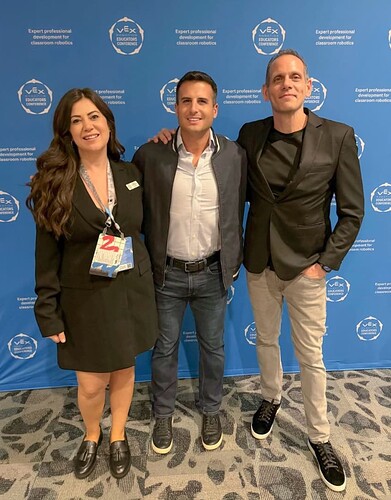In my computer science classroom, documenting student progress isn’t just a task; it’s a vital part of our learning journey. One tool I use is Seesaw, which helps inform parents about what their children are doing. I share photos and videos of our projects and provide parents with the language to use at home. This way, they can engage in meaningful conversations with their kids about STEM.
Inspired by Jason McKenna’s book, What STEM Can Do for Your Classroom, I’ve rethought my approach to assessment and documentation. His insights on effective student assessment have truly motivated me.
This year, I’m focusing more on meaningful student assessment, drawing from my background in the Reggio Emilia philosophy. I believe that documentation is a powerful tool for reflection and growth. By capturing learning milestones, we can provide targeted feedback that supports student development. Our Grade 4 students are currently enjoying VEX Robotics kits, wiring and programming distance sensors. This hands-on activity teaches them problem-solving and “if-then-else” logic. For instance, when the sensor detects something nearby, the robot stops; if not, it keeps moving. Watching them grasp these concepts and develop critical thinking skills is incredibly rewarding!
The students love the documentation process. We use Photo Booth to capture our work and edit our videos in iMovie, helping us track progress and refine our final projects. This careful documentation not only captures key moments but also builds confidence, allowing us to reflect and make informed adjustments. It creates an incredible learning environment that showcases their hard work.
I’d love to hear how you document and assess your students’ learning! What questions do you ask at home to spark meaningful STEM conversations with your kids?
P.S. If you haven’t already, I highly recommend picking up Jason McKenna’s book—it’s a game changer! What STEM Can Do for Your Classroom

